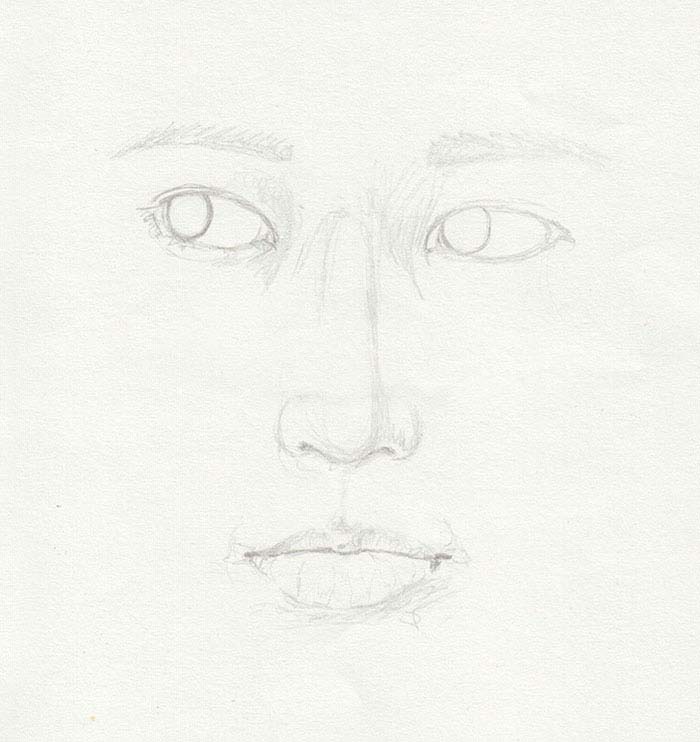
Drawing Pencils for Professionals & Beginners
Find out what pencils you need for your drawings and what their benefits are
There are many different types of pencils on the market, and it can be difficult to know which one is right for you. In this article, I will discuss the benefits of different drawing pencils for both professionals and beginners. Find out what they are and how they can help you improve your drawings!
How are the Graphite Pencil Degrees of Hardness Determined?
The degree of hardness always refers to the lead in the pencil and gives information about its mixing ratio of clay and mineral graphite. Clay serves as a binder for graphite, which gives the pencil its black color.
The mixing ratio is given in units ranging between H and B. The higher the number in front of B, the more graphite it will contain. The line becomes darker and the lead softer. The higher the number in front of H, the more clay it will contain. The line becomes lighter and the lead harder.
A 6B pencil would not be suitable for technical drawings because it cannot draw fine lines and is easily blurred. In the same way, a 4H is also not suitable for an expressive portrait drawing, because it is too bright.

What do the Letters on Pencils mean?
- B stands for black
- H stands for hard
- HB stands for hardblack
- F stands for firm
What is the Best Pencil for Drawing?
There are numerous manufacturers of pencils, so you can quickly feel overwhelmed by the choice.
Personally, I prefer to use the pencils from Faber Castell and Rembrandt. Both brands offer you excellently crafted leads that don’t suddenly scratch across the paper when you’re drawing and don’t immediately shatter after falling off the table.
It is best to try different pencils to find the most suitable manufacturer for yourself.
Drawing with Different Pencils
With one pencil alone you will not be able to add depth to a drawing. No matter how well you work, without a wide spectrum of brightness and darkness, the result will always look flat.
This drawing was drawn only with an HB pencil. The hair could have been much more convincing if the strands had been drawn with softer pencils to get more darkness. The same applies to all shadows in this drawing.

Another problem is dark shadows: If you try to draw them with a hard pencil, it simply doesn’t look convincing and most of the time you can see the strokes of the pencil.
In this drawing from 2011, some harsh strokes are intended, but in the lower jaw region, you can see it does not look good.

2H Pencil: For Sketches and Soft Shadows
For sketches, I recommend a 2H pencil. All lines can easily be erased and it can be covered by any softer pencil. Other things that can be drawn well with a 2H pencil are skin and light areas with only light shadows like eyeballs.


HB Pencil: The First step into the Depth
I use the HB pencil especially for drawing medium shadows. These are, for example, in the crease of the eyelid, in the corners of the mouth, or below the nose.

2B, 4B, and 6B Pencils: The Shadow Masters
Depending on the darkness of the shadows, you can use all the soft pencils. In order to keep the transitions smooth, I recommend you start drawing from lighter to the darker pencils.
There are also the odd numbers available like the 3B, but to me, the differences are not that obvious so I usually skip these.

In this drawing of a friend with very dark hair, a 4B pencil was used for the hair as well as in the sunglasses to create a balance.

A long, long time ago I experimented with an 8B pencil and made this drawing. It has to be kept in a plastic wrap because the 8B is so soft it ends up everywhere: on fingers, clothes, neighboring drawings, and more.

What is the Best Pencil for Drawing?
There are many manufacturers of pencils, so you can quickly feel overwhelmed by the variety of products.
I personally prefer to use pencils from Faber Castell and Rembrandt. Both brands offer great quality leads that do not suddenly scratch the paper while drawing and do not break immediately after a fall from the table.
Similar Posts